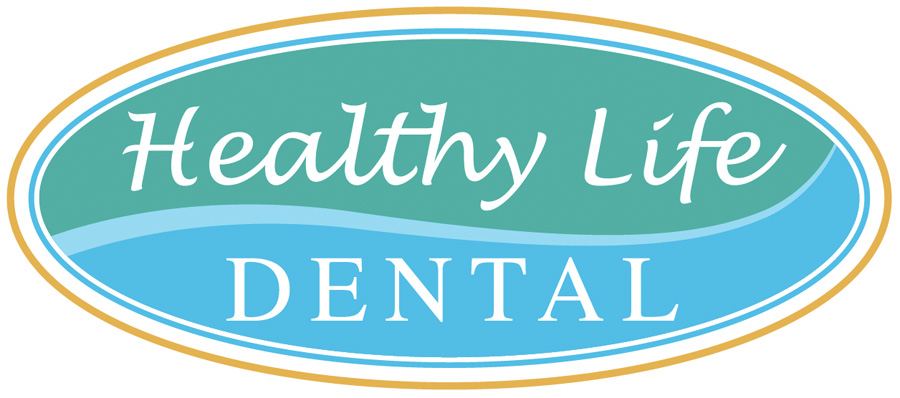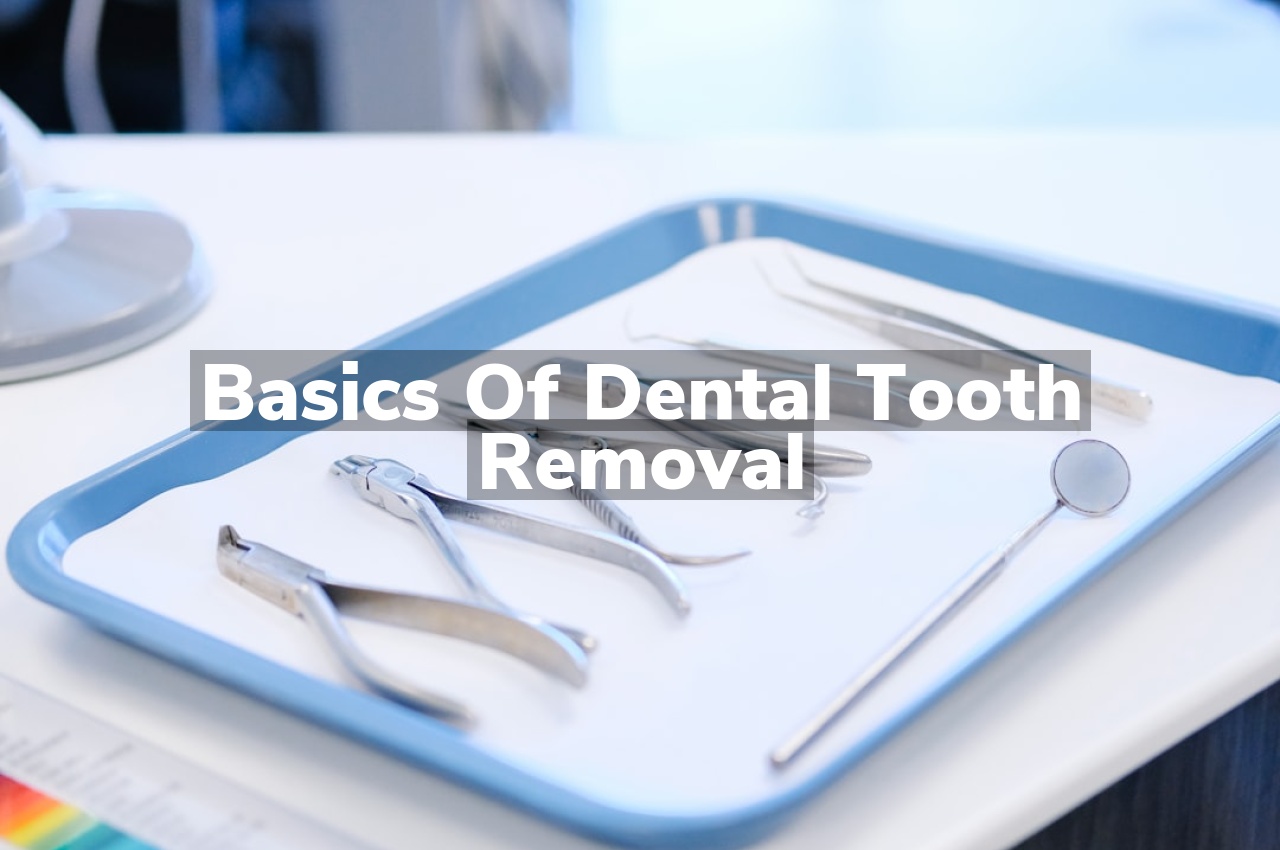Have you ever wondered what the basics of dental tooth removal involve? It’s a common procedure aimed at addressing issues like decay, infection, or overcrowding by safely extracting a problematic tooth. Understanding this process can help demystify what happens during a visit to the dentist for tooth removal.
Understanding Tooth Removal Reasons
Tooth removal, commonly referred to as dental extraction, is a procedure that dentists perform for various reasons, all aimed at maintaining oral health. The necessity for this procedure can arise from several dental issues. One of the primary reasons is the presence of a tooth that is severely damaged, either due to decay or trauma, which cannot be saved by other dental treatments. Another common cause is overcrowding in the mouth, where teeth may need to be removed to prepare for orthodontic treatment, which aims to align the remaining teeth properly. For more detailed insights, you can explore Common Motives for Dental Extractions, which provides a comprehensive overview of why tooth removal might be necessary.
In addition to decay and overcrowding, tooth removal might be recommended in cases of advanced gum disease. This condition can lead to the loosening of teeth, making extraction necessary to prevent further oral health complications. Wisdom teeth, also known as third molars, often require removal if they are impacted, meaning they cannot fully emerge through the gum line due to lack of space or improper alignment. This can lead to pain, infection, and other dental issues. Understanding the various reasons behind tooth removal can help individuals recognize the importance of this procedure in preserving dental health and preventing future complications.
Types of Dental Extractions
Dental extractions are a common procedure in the field of dentistry, involving the removal of a tooth from its socket in the bone. There are primarily two types of dental extractions: simple extractions and surgical extractions. Simple extractions are performed on teeth that are visible in the mouth, usually under local anesthesia, and require only the use of instruments to elevate and grasp the visible portion of the tooth. On the other hand, surgical extractions involve the removal of teeth that cannot be easily accessed or seen, often because they have broken under the gum line or have not erupted fully. This type of extraction may require an incision into the gum to access the tooth, and sometimes, the removal of bone around the tooth or cutting the tooth in pieces to facilitate its removal.
Understanding the different types of dental extractions is crucial for anyone facing the prospect of having a tooth removed. Each method is chosen based on the tooth’s position, condition, and the overall health of the patient. For those seeking more information on tooth extraction procedures and services, visiting a dedicated dental service provider can offer deeper insights and professional guidance. For instance, Monrovia Tooth Extraction Services provides a comprehensive overview of extraction options tailored to meet individual needs and concerns.
The Role of Anesthesia
Anesthesia plays a crucial role in the process of dental tooth removal, ensuring that patients experience minimal discomfort during the procedure. It works by temporarily numbing the area around the tooth to be extracted, allowing the dentist to perform the necessary work without causing pain. The use of anesthesia is a standard practice in dental surgeries, aimed at making the experience as comfortable as possible for the patient while enabling the dentist to carry out the procedure efficiently and safely.
Aftercare Following Tooth Removal
After having a tooth removed, it’s crucial to follow general aftercare practices to ensure a smooth and efficient healing process. This period is vital for the prevention of infections and complications, promoting a quicker recovery. Patients should adhere to basic aftercare guidelines provided by their dental professionals, focusing on maintaining oral hygiene in a gentle manner and avoiding any actions that might disrupt the healing site. Understanding the importance of aftercare following tooth removal can significantly impact the healing journey, making it as comfortable as possible. For those seeking professional dental care, Healthy Life Dental is a trusted Monrovia Dentist committed to providing quality dental services.
Signs You Might Need Extraction
Understanding when a tooth extraction might be necessary is crucial for maintaining oral health. Common signs indicating the need for this procedure include persistent pain and discomfort in the tooth, which could suggest decay or infection that cannot be resolved with other treatments. Swelling around the tooth area, difficulty chewing or biting, and sensitivity to hot or cold temperatures are also indicators. Additionally, overcrowded teeth may require removal to prepare for orthodontic treatments aimed at aligning the remaining teeth properly. Recognizing these signs early and consulting with a dental professional can help prevent further complications and ensure the health of your mouth.
Conclusion
For further inquiries, feel free to call us at 626-256-3368 or read our reviews on Google Maps.





